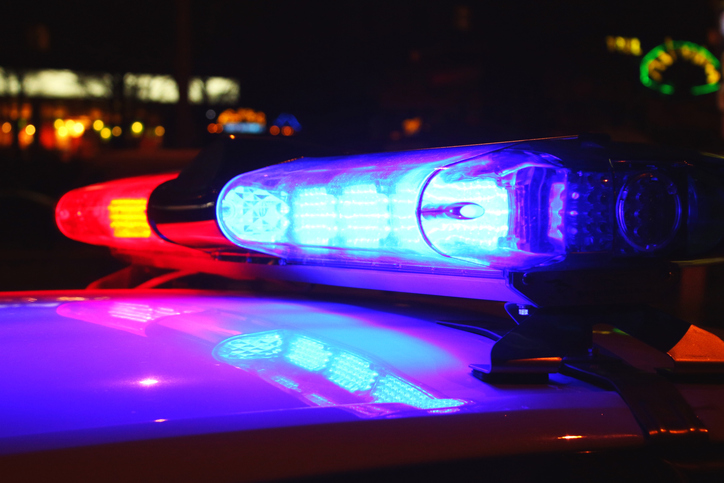
Thirty years ago, the U.S. Supreme Court ruled that the use of force by police officers must be “objectively reasonable”, meaning that an officer’s actions must be reviewed from the perspective of a hypothetical “reasonable officer” on the scene. The objective reasonableness of an officer’s actions is a function of the severity of the crime, the immediate threat posed by the suspect, and the suspect’s attempts to resist arrest or evade an arresting officer.
The civil rights attorneys at Manhattan’s Friedman, Levy, Goldfarb, Green & Bagley, P.C. in New York City note that this standard has helped law enforcement authorities to make better decisions in New York City and elsewhere, but that police brutality incidents have not been eliminated. New York’s Civilian Complaint Review Board (CCRB) annually receives thousands of reports of police brutality in NYC. You may be eligible to file a lawsuit for police brutality if a law enforcement officer exceeded the limits of objective reasonableness in an encounter with you.
Police Brutality Statistics: The Basics
The statistics reveal the extent of the problem:
- In 2017, the CCRB received 4,487 civilian complaints of abuse of authority, excessive use of force, and other police misconduct. That number represented a 5% increase in complaints over 2016.
- An average of about 20% of the complaints filed with the CCRB were validated, meaning that the individuals who filed those complaints had legitimate reasons for doing so.
- In 2018, police shot and killed 1,166 individuals across the United States.
- Minorities and persons of color are more than twice as likely to be shot and killed by a police officer than Caucasians.
A Sampling of NYC Police Brutality Cases
- In
2015, the City paid $5.9 million to the family of Eric Garber, who died after
police placed him in an unlawful chokehold. - The
City paid $4.5 million to the family of Akai Gurley, who was accidentally shot
and killed by police in 2012. - The
City paid $2.5 million to Sol Cecilia Reyes in 2014 after police fatally shot
her son, Noel Palanco, following a 2012 traffic stop in Queens.
These cases represent the high end of the spectrum of settlements that have been paid out by New York City to resolve legitimate complaints of police brutality. An experienced civil rights lawyer who has successfully represented other parties in police brutality lawsuits will be able to advise you on the strength of your case and your chance of receiving substantial money damages.
More Than Just Fatal Shootings: Police Brutality Examples
Fatal shootings by police officers are more likely to be reported in the news because of their tragic consequences. Police brutality encompasses far more than just fatal shootings. A civil lawsuit for police brutality can arise from:
- Physical or verbal abuse;
- Excessive force that is objectively unreasonable under the circumstances;
- False arrest, wrongful imprisonment, or detainment for a period longer than is reasonable;
- Discrimination on account of race, gender, age, or sexual orientation;
- Excessive tasering, or use of a taser where not warranted; and
- Unlawful searches and seizures.
A private citizen can feel understandably intimidated by a police officer. The U.S. Constitution, however, provides important protections to reduce any police intimidation. For example, police officers cannot force an individual to speak with them without a lawyer being present. Likewise, an individual does not need to admit a police officer or any other law enforcement authority into his or her house if that officer does not have a proper warrant.
The police have a very difficult job, but they must perform the duties of that job within the limits imposed on them by our free society. If a police officer exceeds those limits in an objectively unreasonable manner, then that officer and the police department that he or she represents may be liable for monetary damages in a police brutality lawsuit.
Proof of Police Brutality
Many police officers now wear body cameras that capture video evidence of their encounters with civilians. That video recording, however, is just one piece of the puzzle when it comes to gathering evidence of police brutality. Third party eyewitness testimony, medical reports, and other physical evidence from any incident allegedly involving police brutality can enhance or even rebut video evidence. If you believe that you were the victim of police brutality, you should immediately contact an attorney who has experience in investigating incidents involving misconduct on the part of law enforcement. The police misconduct lawyers at our firm work with professional investigators to collect and preserve evidence while it is still fresh.
Call Friedman, Levy, Goldfarb, Green & Bagley, P.C. for Representation in New York Police Brutality Cases
The lawyers in the Manhattan offices of Friedman, Levy, Goldfarb, Green & Bagley represent individuals in Manhattan, the Bronx, Brooklyn, and throughout NYC and Long Island who have suffered harm and injuries as a result of excessive use of force and other egregious misconduct by police officers. Please call us as soon as is possible after you have experienced an incident of police brutality.
Additional Resources:
- www.observer.com: Misconduct Allegations Against New York City’s Cops Are Increasing – But Why Exactly? https://observer.com/2018/04/nypd-police-misconduct-allegations/
- www.nypost.com: NYC Has Shelled Out $384M in 5 Years to Settle NYPD Suits. https://nypost.com/2018/09/04/nyc-has-shelled-out-384m-in-5-years-to-settle-nypd-suits/
- www.mappingpoliceviolence.org: Mapping Police Violence. https://mappingpoliceviolence.org/






